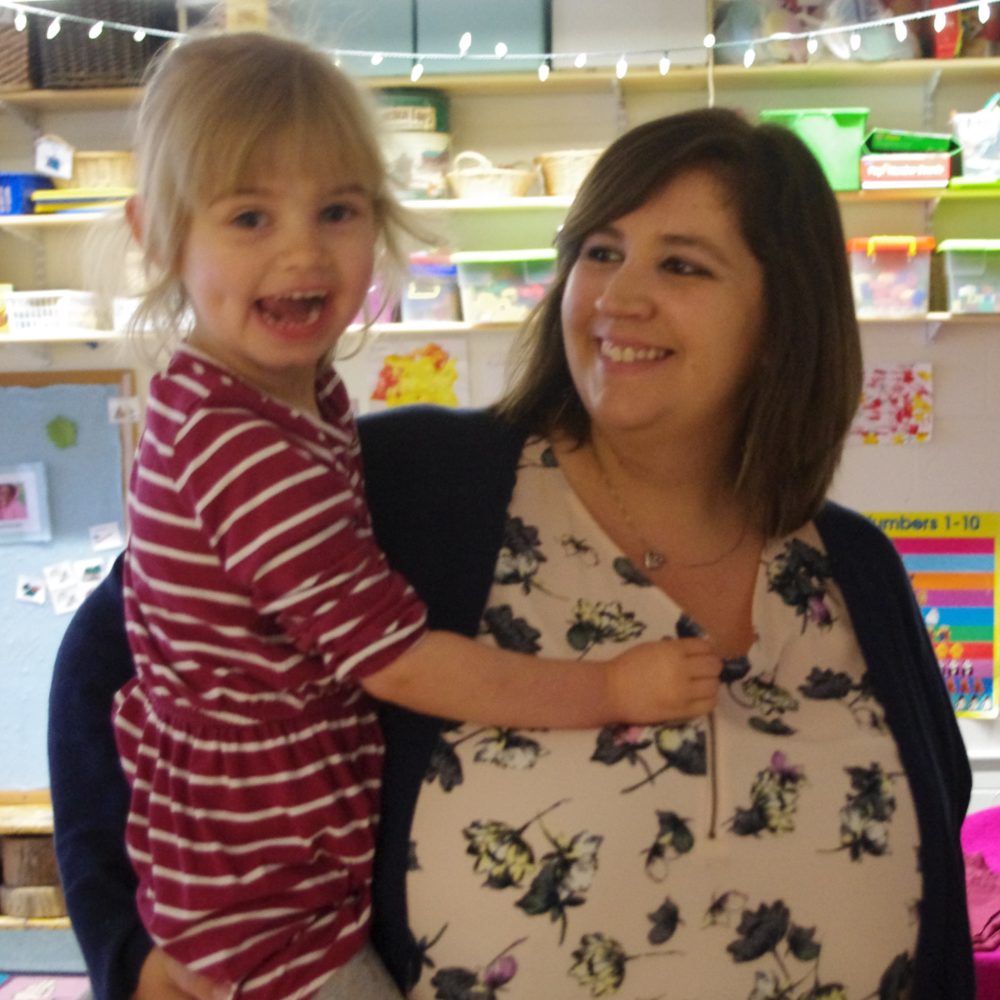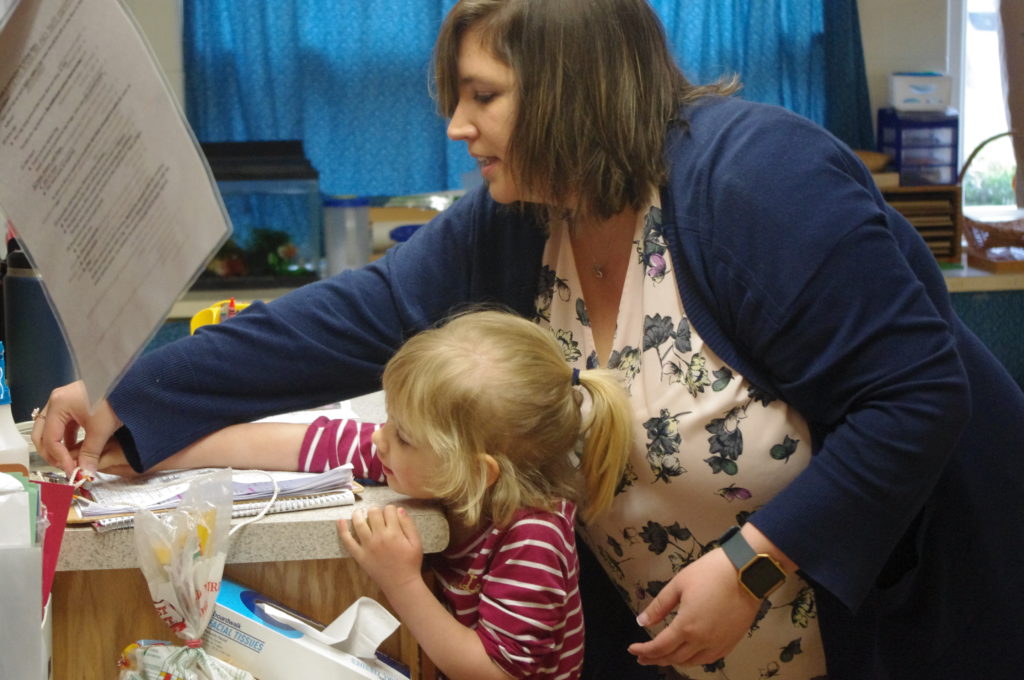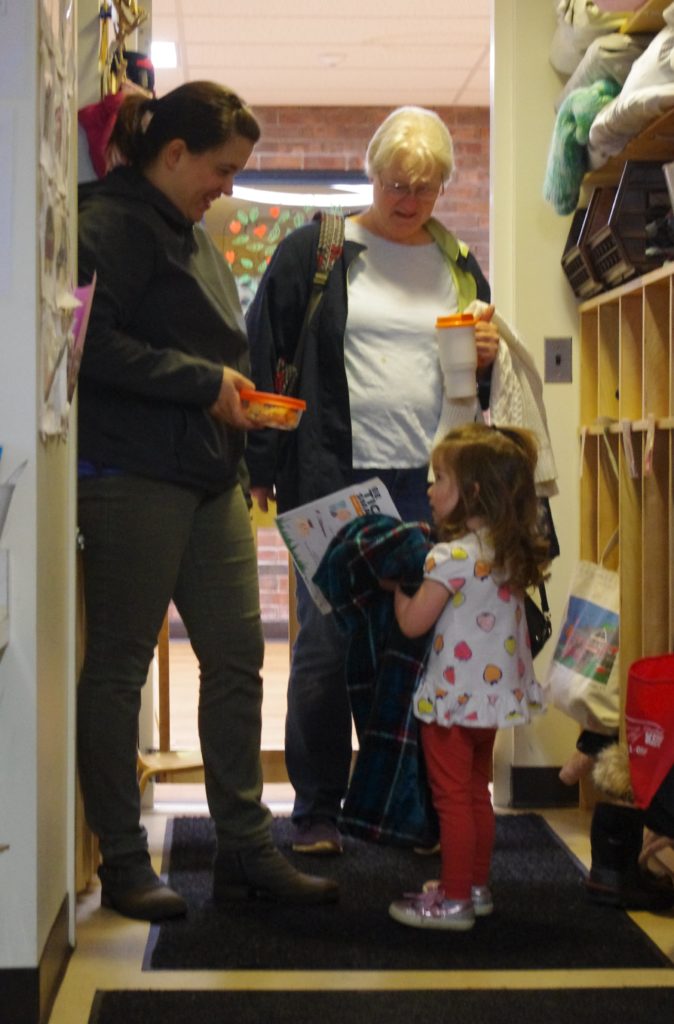Child care is necessary infrastructure

By Chloe Learey, Executive Director
Originally published on VT Digger, Friday, May 3, 2018
Offering $10,000 to entice people to come to Vermont and work remotely, or the “Stay to Stay” weekends are interesting, innovative ways to promote economic development by attracting people to come to Vermont. Our state is aging faster than the rest of the United States and we are the third oldest state behind Maine and New Hampshire. It is imperative to find ways to make our region a real option for young people to live and raise families if we want thriving communities. It is not about growth for the sake of growth but rather growth for the sake of remaining a viable place to put down roots.

Some of the people who are considering a move to Vermont and explored these initiatives identified aspects of the state that attracted them, such as “the mountains, the culture, the small-town feel, the acceptance of different kinds of people.” These are wonderful traits, although they do not make housing more affordable or available or build broadband that covers all areas of the state. Considering these important pieces of infrastructure is ultimately a deciding factor in putting together the puzzle of how to make it work. And for families with young children or considering having children, the very desirable “young professionals” demographic, access to high-quality, affordable child care is one of those critical bits of infrastructure. People understand why having a good school system is important but miss how child care, which makes it possible for people to participate in the workforce and creates a strong foundation in our future workforce, is equally necessary as part of economic development.
A survey of working families and employers in Windham County last year yielded a lot of information about just how challenging it is. One parent wrote, “I almost did not accept my job and move to Brattleboro because of lack of quality childcare for children three years and younger. This lack of childcare means I cannot consider having any more kids.”
Another declared, “Had we known how difficult and expensive childcare is – and how inflexible most employers are – we may not have had a child. For these reasons, we’ve concluded it would be financially and logistically (due to work) impossible for us to have another child, which is very unfortunate and upsetting.”
A third respondent reported, “The biggest issue was finding close, safe, daycare for under-2 when I first moved. We drive 25 minutes EACH WAY for daycare, because that was the closest we could find that we felt comfortable with and that had availability. It took me three months to find care, once I started looking.”

Some people make the argument not to invest in child care infrastructure because “children should stay at home with their parents.” Whether or not this is the best situation for optimal child development, it does not reflect the current reality of our economy where typically, if a family includes two parents in the home, both need to bring in an income to make it work financially. Others argue, “You should not have kids if you can’t afford them.” This is another statement that does not reflect the reality of trying to grow and sustain a thriving community. Thinking about child care from a systems level versus on an individual basis highlights the importance of investing in this infrastructure because it touches multiple parts of the community and economy.
Vermont legislative bills such as H.531, which passed the House unanimously and is now before the Senate Committee on Health and Welfare is an example of how we can shore up different aspects of the child care system, from supporting professional development in order to build the teachers needed to provide care and early education, to increasing financial assistance for more families to be able to afford tuition. Legislators have difficult choices to make about how best to allocate resources to the many pressing needs with which they are presented. Our culture sees money as an indication of how much we value something. Since we put more money towards what is most important, the pressure on these decisions is especially great. If we understand the ripple effect of a robust child care sector on the overall economy, it is possible to both indicate how much we value growing our youngest citizens as well as generate more resources for other needs through the two-generational economic development provided by childcare. When more people can make it work in Vermont, including young families, we will all be better off.
